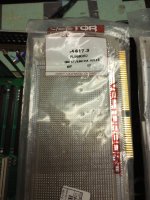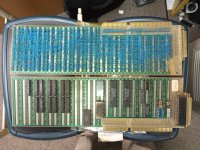You can still work with 8 bit ISA, there are prototyping cards available from many vendors, I got mine from Texelec.
I mean there is still heavy lifting to do if you want to make an ISA adapter, there is more than one way to do it, and if you want full speed support it's going to be several of ICs there just for the interfacing. And there is no automagic option - as far as I know, nobody is selling an interfacable prototype card, as in breadboard + full bus logic.
For USB you have magic options such as MCU lowen linked to, or you can do the USB interface manually via dedicated chips. I presume even in that case you're looking at a lower number of electrical connections than with ISA card and bus chips.
I would wager it is A LOT harder to physicaly build something that interfaces with a PC over USB than it was to build an ISA card back in the day. Interfacing over wifi or bluetooth doesn't count since you've effectively got to build a second, smaller, simpler computer to do the job.
Depends on what you're doing. For DIY "space" I think it's opposite. It's quite easy to make a piece of electronic connected via MCU/USB to modern computer. Way, way easier than with ISA PC. You'll have problems and debugging in the development and both are quite hard to do with ISA, electrical and software malfunction will lock up and might even damage the machine. With ISA bus logic you have plugged in a whole electrical circuit to the computer. The way those components form the circuit might present an anomaly to the logic part of the equation, current drop somewhere messing with your logic levels, etc.
If you don't have to deal with signalling part and use a proxy interface that's 100% correct in signalling all the time and just carries your data around, you can concentrate on whatever you really want to do.


